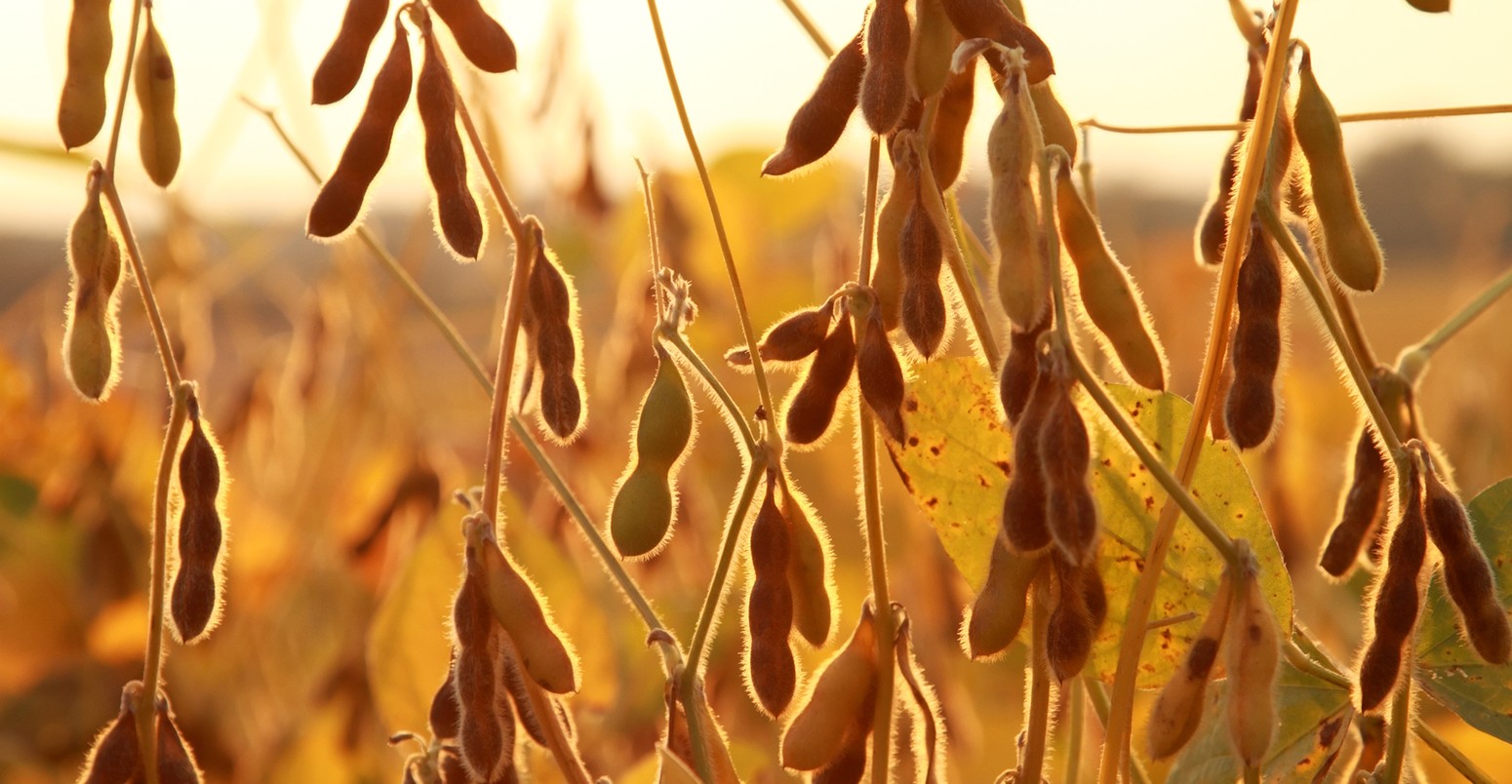
High temperatures to hit staple crops in the US this century, study says
Robert McSweeney
01.19.17Robert McSweeney
19.01.2017 | 10:00amStaple crops grown in the US could see their yields drop substantially by the end of the century as daily temperatures regularly soar past 30C, a new study finds.
Annual yields of maize, soybean and wheat could decline by 49%, 40% and 22%, respectively, compared to yields under today’s temperatures.
While irrigation systems could help offset these losses, the researchers say, the boost to plant growth from higher levels of atmospheric CO2 “only weakly reduce” them.
High temperatures
Wheat, maize and soybean are three of the world’s most important crops. They are grown on 62% of all the cropland in the US and 33% globally.
But yields of these staple crops are threatened by climate change, says the new study published in Nature Communications. The researchers look specifically at the impact of days where temperatures exceed 30C.
High temperatures can affect crop yields in various ways: they cause water stress as the soil and plant lose moisture, direct heat can damage plant tissue, and faster aging of the plant reduces how much time and energy it has to put into growing seeds.
Annual yields of wheat, maize and soybean can drop by 6% for every day that temperatures exceed 30C, the paper says.
The research team used a collection of crop models to assess the impact of rising temperatures on the three crops by the end of the century. Their simulations assume a business-as-usual scenario, called RCP8.5, where emissions aren’t curbed and global average temperature rise is likely to hit 5C by 2100.
The results suggest that with more days surpassing 30C in future, high temperatures will increasingly cause harm to crops – lowering yields by 49%, 40% and 22% for maize, soybean and wheat, respectively.
Note, the study only considers temperature; it doesn’t factor in changes to rainfall or the frequency of extreme weather events.
Rising CO2
The study also reveals two important findings relating to increasing atmospheric CO2 and the use of irrigation.
Scientists know that higher levels of CO2 in the atmosphere cause a boost to plant growth by speeding up photosynthesis. This is known as “CO2 fertilisation”. More CO2 in the atmosphere also tends to reduce water stress in plants as they lose less moisture during photosynthesis.
The researchers tested this effect by running their models with CO2 at present levels and then estimated for the end of the century if emissions aren’t reduced.
They found that the elevated end-of-century CO2 levels only slightly reduced the yield losses caused by high temperatures. Lead author Bernhard Schauberger, a research assistant at the Potsdam Institute for Climate Impact Research, explains to Carbon Brief:
“The models suggest that increased CO2 does not prevent the high-temperature induced yield loss at the end of the 21st century. This is contrary to usual assumptions that CO2 helps plants to overcome mild water stress.”
The findings do not suggest that high atmospheric CO2 cannot boost crop yields, the paper notes, but that it has only a limited potential to buffer against the negative impacts of high temperatures.
Water stress
The second important finding is that while CO2 might not limit the crop yield losses caused by high temperatures, irrigation can.
The model simulations distinguish between cropland that relies on rainfall (“rainfed”) and land that is irrigated, explains Schauberger. This means the researchers could separate out the effects for either type of crop management.
Their results suggest that declines in yields are small for all three staple crops when irrigation is used.
This means that irrigation could be a way of adapting rainfed cropland to hotter temperatures. But it’s worth noting that irrigation systems ultimately rely on the availability of water as well, says Schauberger:
“Irrigation of crops can overcome some of the declines. But this is, of course, only reasonable in regions where there is enough water.”
As you can see in the maps below the majority of crops in the US are currently rainfed (green shading), while irrigation systems (blue shading) are only prominent in western states.

Methods of crop management for US counties, showing rainfed (green shading), irrigated (blue), mixed (yellow) and no crops grown (grey). Maps are for a) maize, b) soybean and c) wheat. Source: Schauberger et al. (2017)
The study confirms what scientists already suspected about the impact of high temperatures on crops, says Prof Andy Challinor, professor of climate impacts at the University of Leeds, who wasn’t involved in the study. But the more significant finding is that the predominant way that high temperatures affects crops is water stress, he tells Carbon Brief:
“Perhaps most importantly, [the study] indicates the importance of the water stress that accompanies high temperatures. This presents a significant challenge given the projected difficulties in managing water resources in our changing climates.”
Schauberger, B. et al. (2017) Consistent negative response of US crops to high temperatures in observations and crop models, Nature Communications, doi:10.1038/ncomms13931

